Native bee landscape
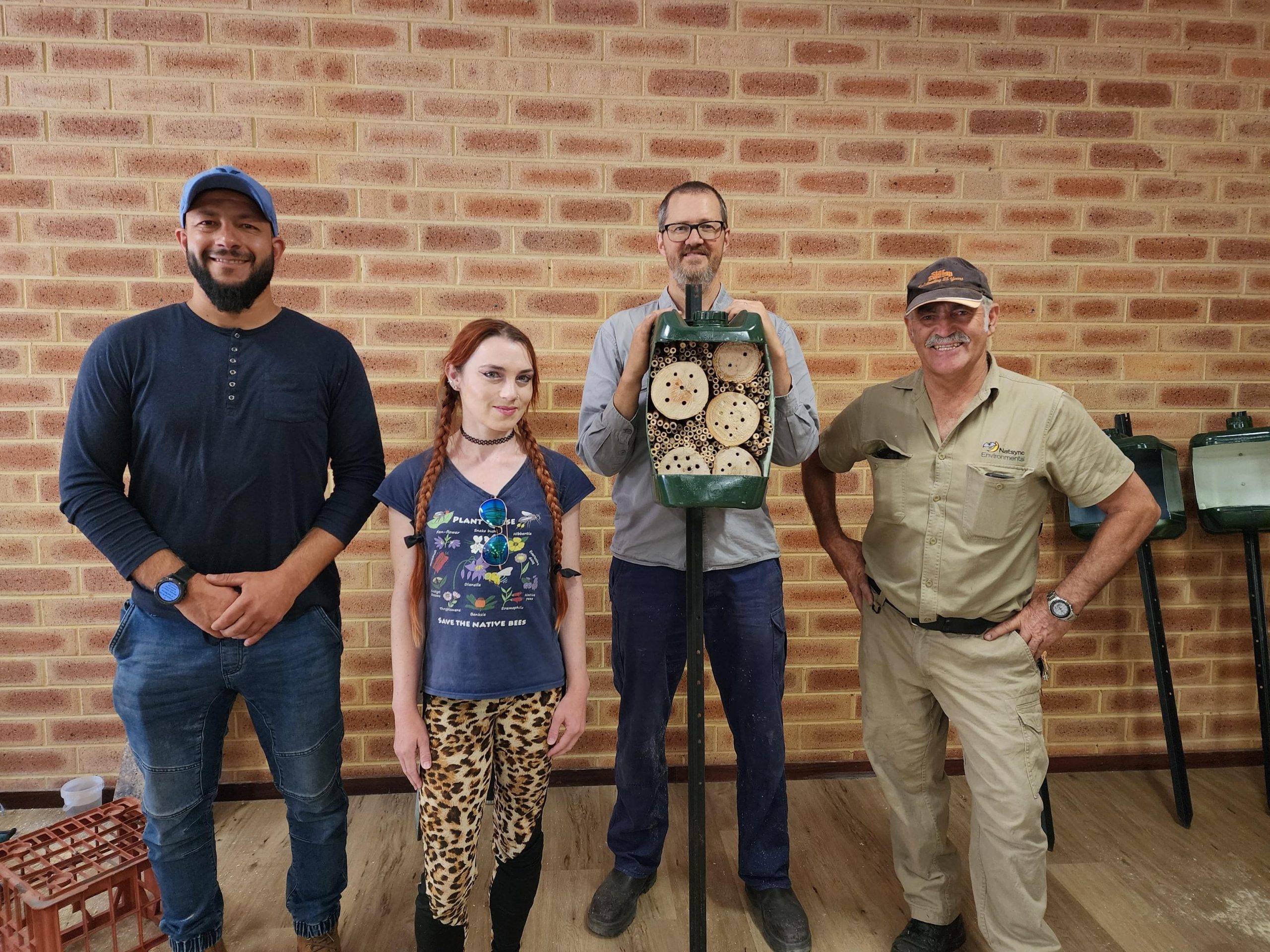
The Rehabilitating Roe 8 Working Group was formed in May 2017. It comprised politicians, government staff, community members and researchers and formulated the Rehabilitation Management Plan, Roe 8 Cleared Areas (RMP). Th plan underpins the ten year Rehabilitating Roe 8 project and sets out the specific actions required to rehabilitate the ecology and engage the community. It is based on the National Standards for the Practice of Ecological Restoration in Australia, with input from Perth Urban Restoration Scientific Advisory Committee. The RMP was published in May 2018 and is periodically updated to allow adaptive management.

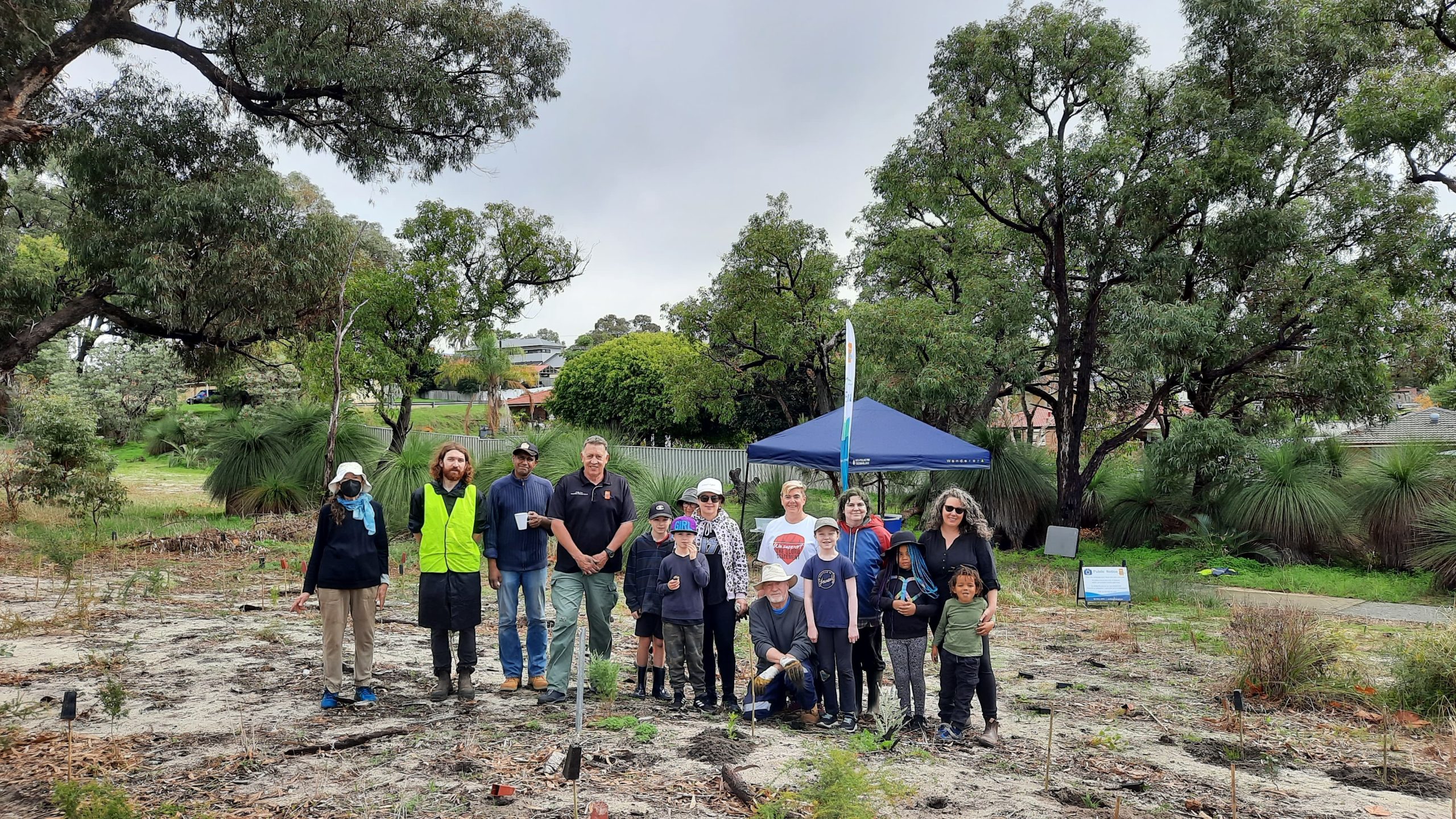

The origin of the Roe Highway was the 1955 Stephenson-Hepburn report, which included a modernist highway system based on private car transport that formed the basis of the 1963 Perth Metropolitan Regional Scheme. Sections of the Roe Highway were built over the following 50 years, but several changes were made to the southern sections. Plans to demolish parts of heritage Fremantle for Section 9 were abandoned in the 1970s, as was the Fremantle Eastern Bypass in the 1990s. The proposed route of Section 8 (Roe 8) through the Beeliar Wetlands had long been contentious but remained road reserve even as Beeliar Regional Park was declared in 1997. Groups such as the Beeliar Conservation and Heritage Council and The Cockburn Wetland Centre were among those who continued to oppose Roe 8.
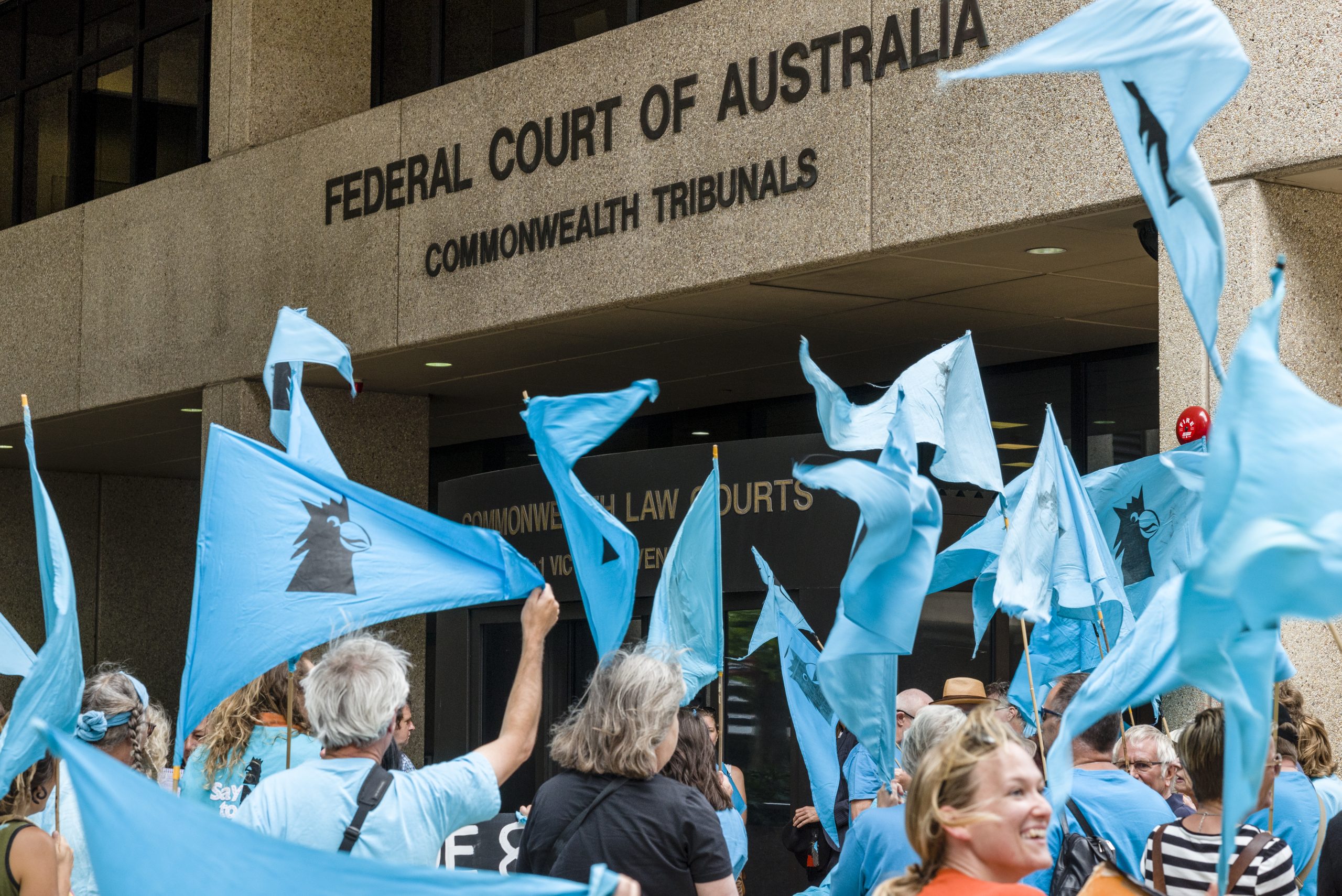
The State of Western Australia filed an appeal against the finding in favour of Save Beeliar Wetlands Inc (SBW) and the suspension of Roe 8 and on the 15th July, 2016 Justice Carmel McLure overturned the decision allowing the project to proceed. That the Bibra Lakes area contains mythological sites of significance for Nyungar people had been known by non-Aboriginal people since the 1970s, yet heritage registered Aboriginal sites within the road reserve were removed in 2015 to facilitate Roe 8. This contentious act was challenged, unsuccessfully, by a traditional custodian with support from the community. Following several further unsuccessful court appeals, by 16th December 2016, there was no further legal barrier and preliminary works for Roe 8 commenced, just months away from the State election in 2017.
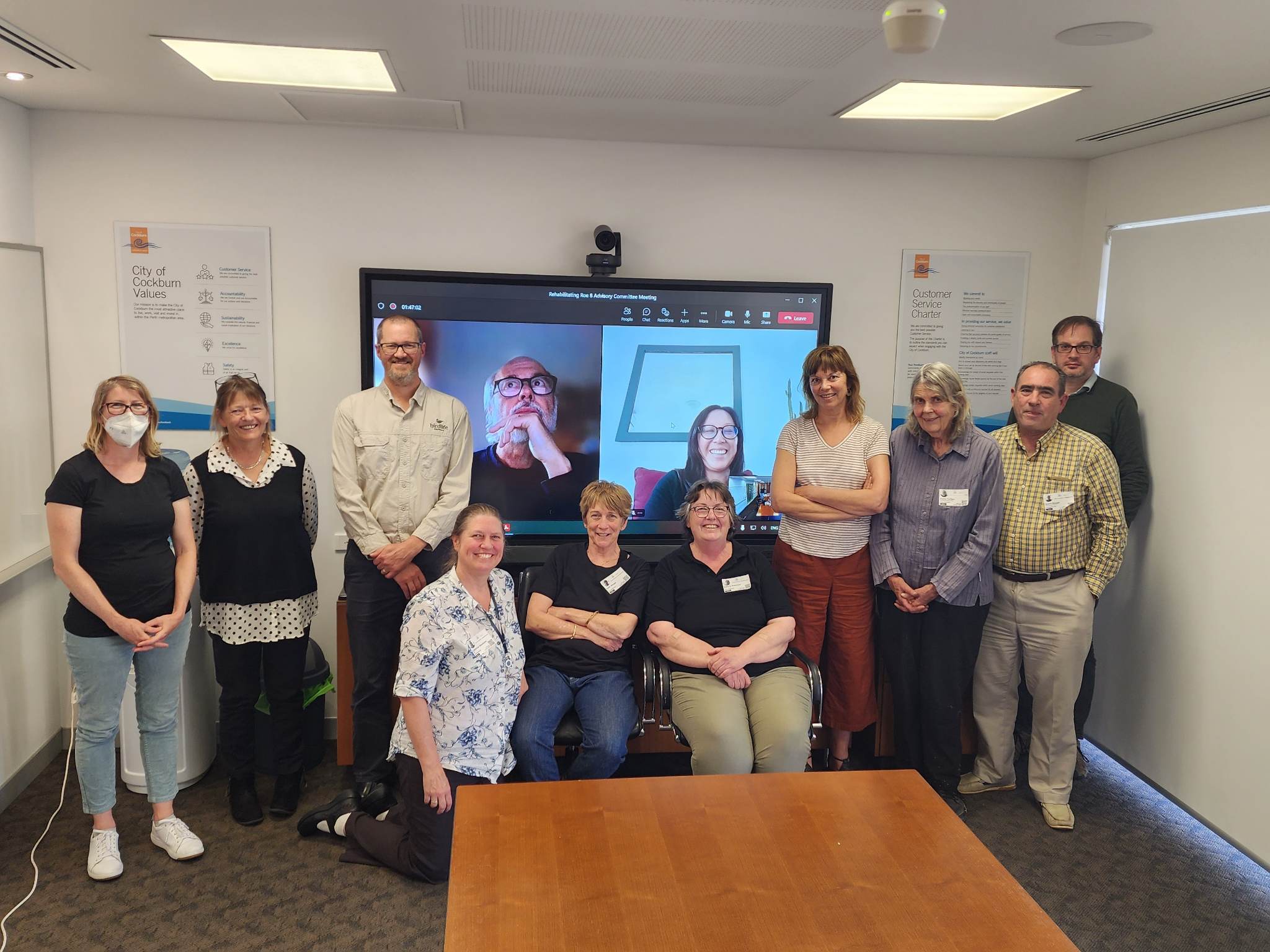
Clearing for Roe 8 continued right up until the week before the March 2017 state election, only ceasing with a change of government. In the immediate aftermath, the local community kept fencing around the cleared areas upright and reported trail biking and four-wheel driving to protect regrowth.
In May, weekly meetings of the Rehabilitating Roe 8 Working Group commenced with representatives from the Ministers of Transport and Environment, local MPs, the City of Cockburn, the Conservation Council of WA, the Community Wildlife Corridor, Aboriginal custodians, the Cockburn Wetlands Centre, Department of Biodiversity, Conservation and Attractions, Office of the EPA, Main Roads WA and the construction Alliance. While the future of the site was considered, Main Roads WA organised remediation works including weed management, asbestos and mulch pile removals. Murdoch University ecologists commenced vegetation monitoring.
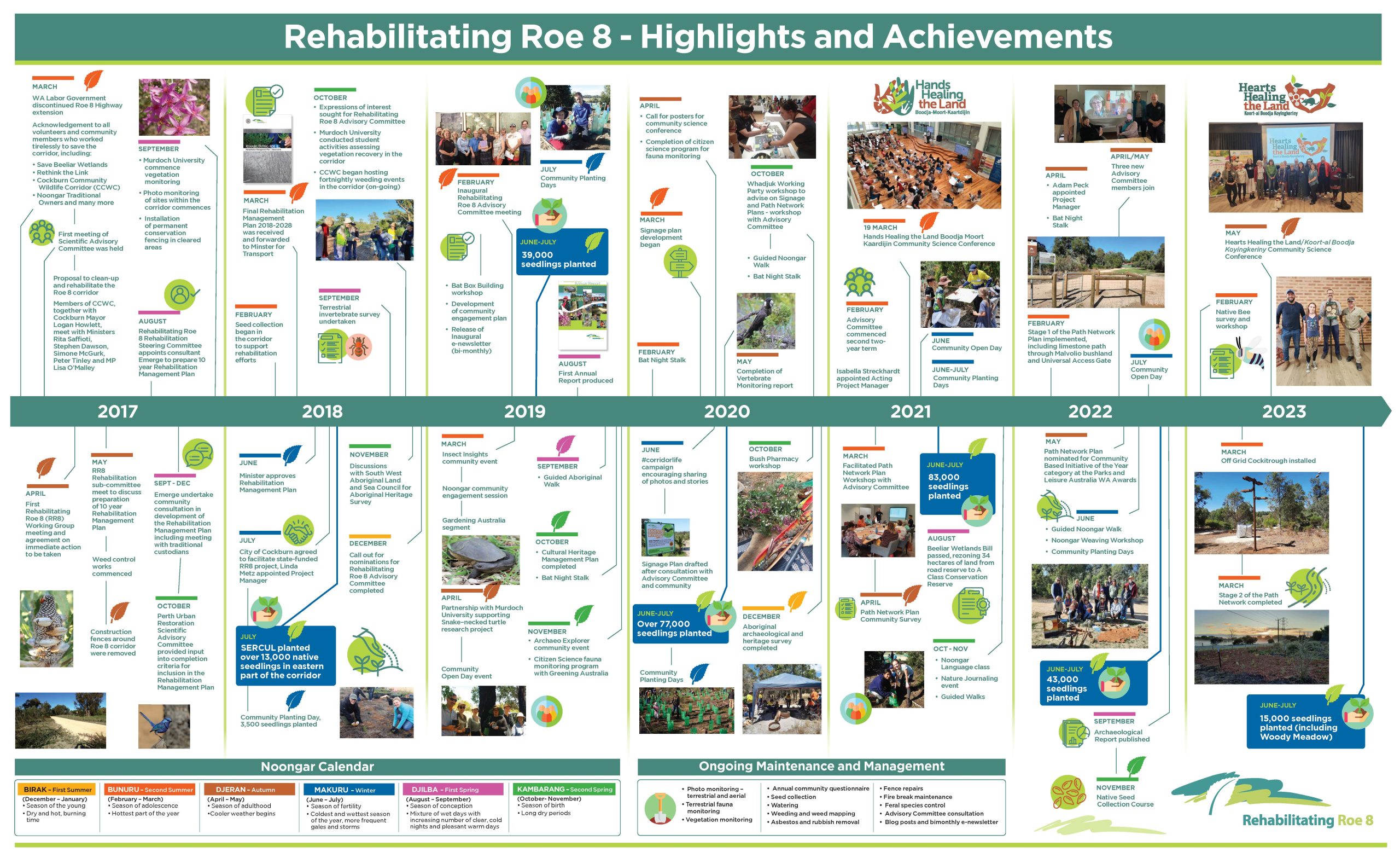
The Rehabilitating Roe 8 project runs from 2018 to 2028. Highlights to date include: over 270,000 seedlings planted; fencing completed; tracks and signage installed; archaeological survey completed and report published; many events including community planting days, Nyungar cultural events and bi-annual conferences. Community engagement continues with monthly meetings of the RR8 Advisory Committee and annual community survey. Perth’s first off grid Cockitrough bird waterer was installed in the Jarrah zone in 2023, with Karaks (Forest Red-tailed Cockatoos) now regular visitors